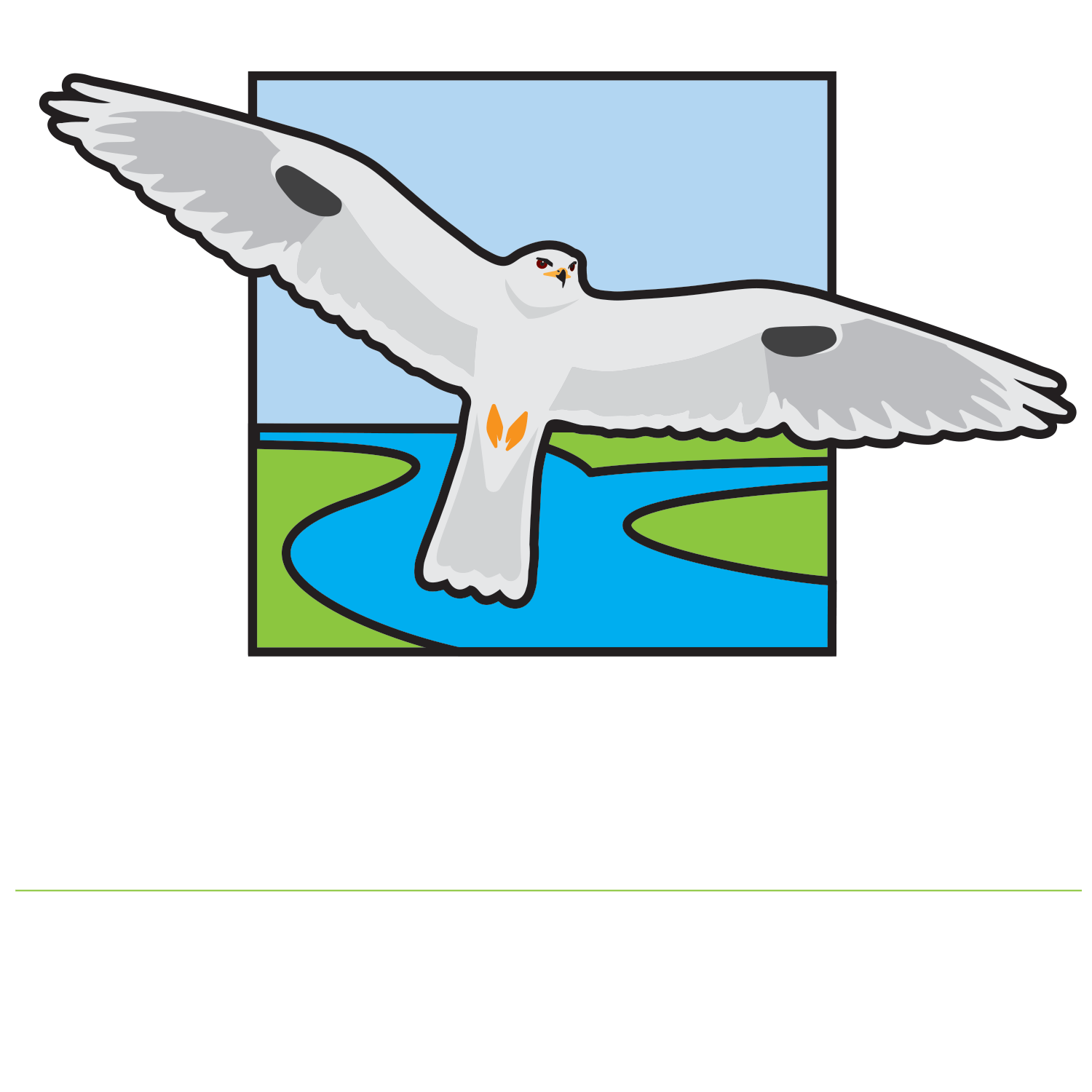Woodbridge Wilderness Area (formerly Woodbridge Regional Park)
San Joaquin and Solano Counties
This park consists of lush riparian woodlands nestled along the south bank of the Mokelumne River in the town of Woodbridge. The canopy is comprised largely of cottonwoods and live oaks. Willows and buckeye are also widespread. The understory includes blackberry brambles and poison oak in many places. Stinging nettle is plentiful also.
Birding the site: The entry is lined with pyracantha bushes, so be sure to check for possible Hermit and Varied Thrushes and Fox, Lincoln's, White-crowned and Golden-crowned Sparrows in winter. At the end of these bushes, the park opens up into a fairly wild area. All trails from this point are hard packed dirt which may be muddy in wet weather or impassable during high water. From here, you will see two trail signs in front of you on the left. These trails meander through the woods and eventually meet at an old fence which is the actual park boundary. If you choose to explore this end of the park, give yourself a minimum of two hours, preferably more.
For a much shorter hike, less than an hour, take the unsigned trail that dives into the woods to your right just beyond the first sign pointing to the trail to the left. Or, if you continue straight ahead from the park entrance, you will end up at the river. Any of these choices can yield good birds, depending on the season.
Year-round residents typical of riparian woodlands that can usually be expected include Wood Duck, Common Merganser, Cooper's Hawk, Red-shouldered Hawk, Great Horned Owl, Acorn Woodpecker, Nuttall's Woodpecker, Downy Woodpecker, Belted Kingfisher, Bewick's Wren, Spotted Towhee, Lesser Goldfinch and American Goldfinch.
Black-headed Grosbeak, Image by Daniel Lee Brown
During summer months, you may find Swainson's Hawk, Western Wood Pewee, Ash-throated Flycatcher, Northern Rough-winged Swallow, Black-headed Grosbeak, Lazuli Bunting and Bullock's Oriole. Birding this area in winter may turn up Red-breasted Sapsucker, Hutton's Vireo, Red-breasted Nuthatch, Brown Creeper, Winter Wren, and Golden-crowned Kinglet …. in addition to the usual winter warblers, Purple Finch, and Pine Siskin. Spring and fall migration can produce Olive-sided Flycatcher, Willow Flycatcher, Pacific-slope Flycatcher, Cassin's Vireo, Warbling Vireo, Blue-gray Gnatcatcher, Swainson's Thrush, Western Tanager, and all western migrant warblers. eBird Sightings
Directions: From Sacramento, take Interstate 5 for 27 miles south of Highway 50. Exit at Peltier Road and turn left. After 3.8 miles, turn right on North Davis Road. In 2.0 miles, turn left on West Woodbridge Road. In 1.2 miles, turn left on Meadowlark Drive and park along the short street where it ends at River Meadows Drive. The inconspicuous park entrance will be in front of you. This San Joaquin County park is not open daily and has variable hours. To ensure access, visit the San Joaquin County Parks website. Local residents of the park have concerns about vandalism and fire, so please be on your best behavior and respect the rights of the residents. There are no toilets in the park. Poison oak is common. Remember that if you proceed beyond the fence on the north end of the park, you are leaving the actual park premises.
Jim Rowoth
Originally published in Birding In and Around San Joaquin County (2002), courtesy of Jim Rowoth and the San Joaquin Audubon Society, updated 2021.

